How well is your website contributing to your practice goals? Is there someone in your practice gathering information and taking action to improve your web presence? Who in your office has time to check data analytics? How would it benefit your dental practice?
While there is a learning curve associated with navigating web analytics software, using this such a measurement tool can be very worthwhile for your practice. Once someone in your practice understands the basics of navigating and interpreting the information shown, you can make your marketing strategies and SEO more efficient and cost-effective.
Web analysis software measures various aspects of your website, such as the number of unique visitors, pages within a website that are popular, and the length of time a visitor spends on a page. Analysis software also often collects data via cookies to form demographic reports about website visitors.
Office administrators, dentists, or delegated team members can do regular upkeep on website data by using tools such as Google Analytics. Google Analytics is a popular choice because it is free. There are various alternatives to Google Analytics, as well. Once someone knows how to navigate and interpret the information that the data analysis tool collects, it can be a very efficient and worthwhile process for improving the impact of your online presence. Streamlining web keywords and SEO can save your office time when deciphering the presented data.
If you are interested in using web and data analysis to position your practice for growth, read below to find out three compelling reasons for using these systems in your office.
1. Pinpoint your prospective patients
Having web analysis software attached to your website can help you learn more about who is visiting your website. Google Analytics, for instance, gathers demographic information about visitors on your website. In reports, you find out the age, gender, and interests of your visitors. Knowing who visits your website can help you understand where your practice is positioned online, and if you are marketing to your desired demographic.
2. Have better plans for marketing your practice online

Understanding which media are effective for your practice allows you to get the most value out of your advertising budget. Analytics software displays detailed reports of how people arrive at your website, how long they stay on a certain webpage, and whether visitors clicked specific buttons on your webpages. Understanding how you acquire website views signals the methods that are effective for your practice. For instance, if you get a lot of direct traffic (meaning people insert your website into their web browser on their own), your print media and other resources are likely effective at directing people to your page. If you acquire a lot of visitors from search engines, however, it may signal that using sponsored ads such as Google AdWords is more effective for your practice.
Analytics software also allows you to see the breakdown of devices used to view your website. If your website displays strangely on mobile, and majority of your visitors are on your website from a mobile device, you may need to plan to revisit your web design. Seeing how long visitors stay on your webpage also tells a lot about how effective your design is and signals what visitors want to learn from your website by which webpages are most visited.
3. Web analytics help you evaluate your practice’s online performance
When you are conducting an evaluation on your practice via SWOT analysis, PMBO, or another method, your website’s metrics are a great indicator of how your online presence is doing. Interpreting certain patterns in website visitors can suggest where your strengths and weaknesses are in terms of marketing your practice online. This can also provide useful insight into the techniques your practice utilizes the best from a business perspective. Lastly, the ability to catalogue and document this information into reports is an especially useful tool when measuring online growth and ad efficiency. Spending some time learning data analytics can help your practice if you are looking to get more out of online marketing.






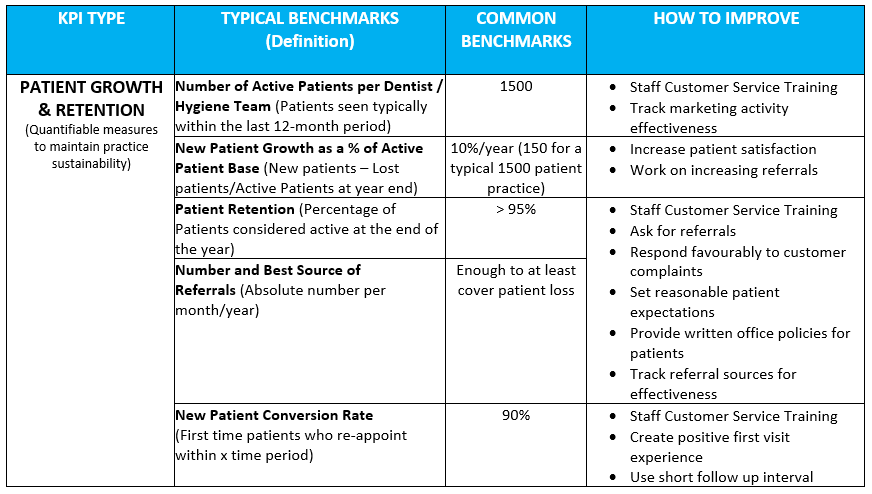

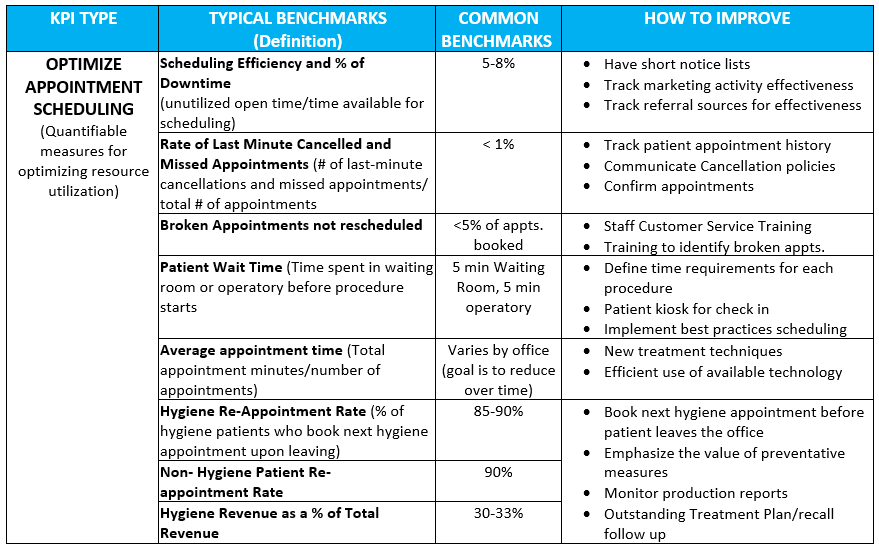

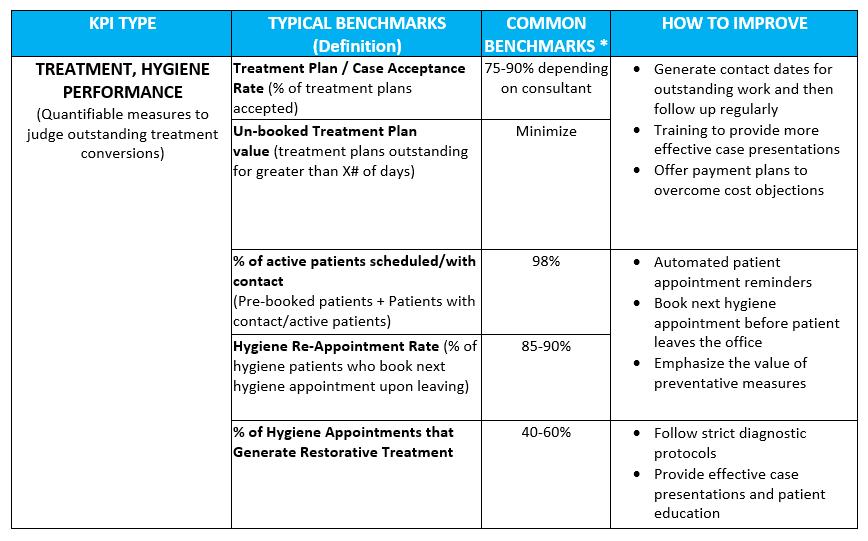
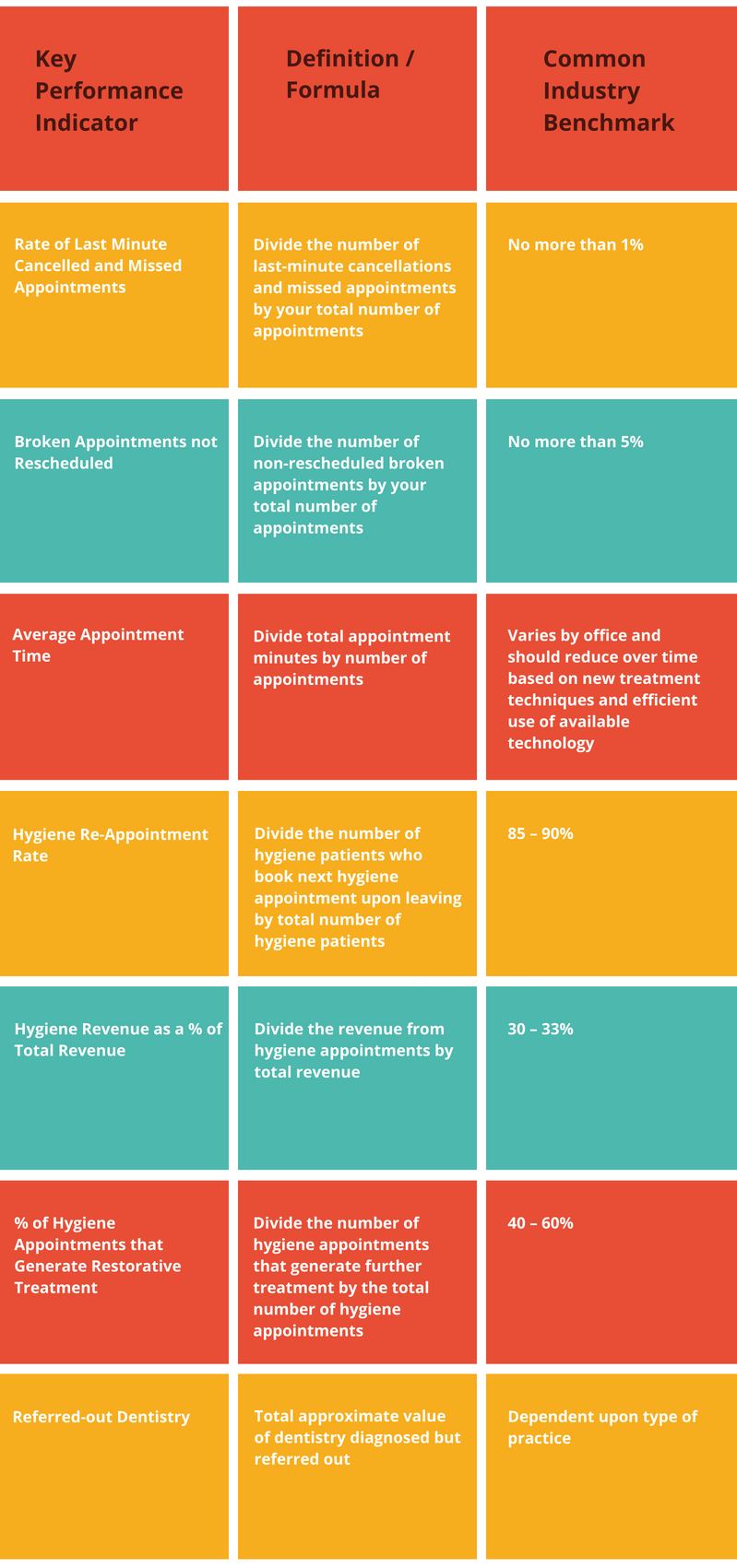

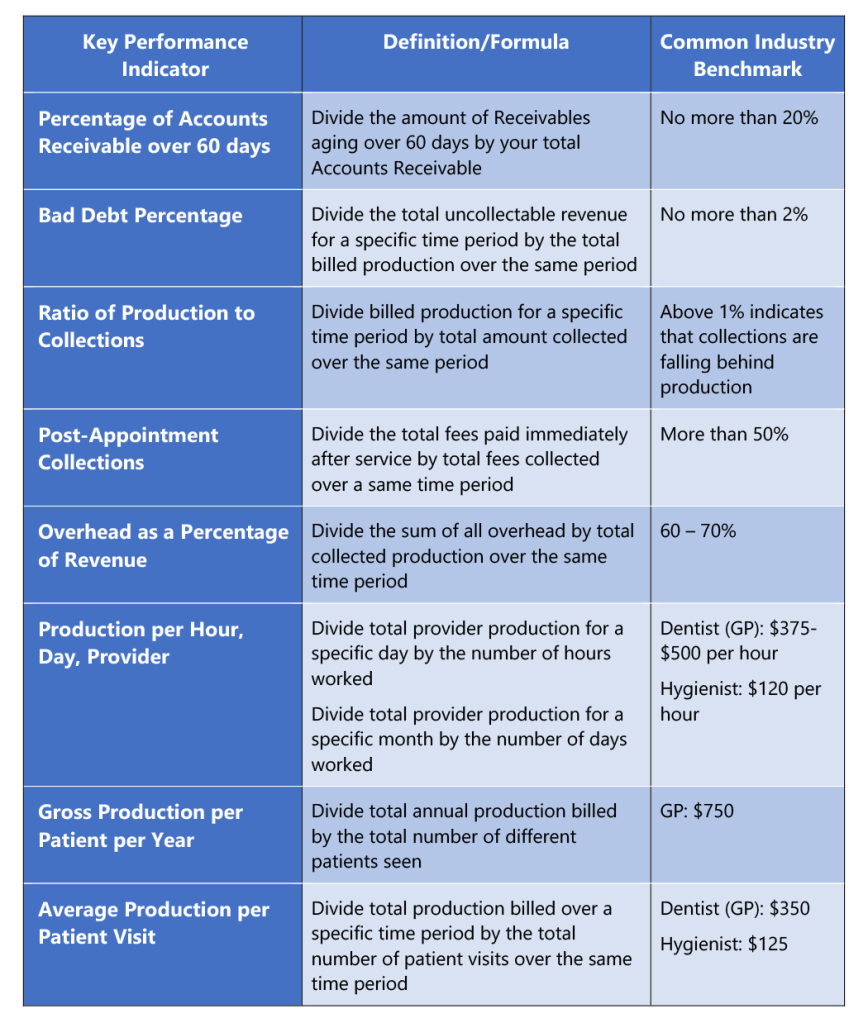
You must be logged in to post a comment.